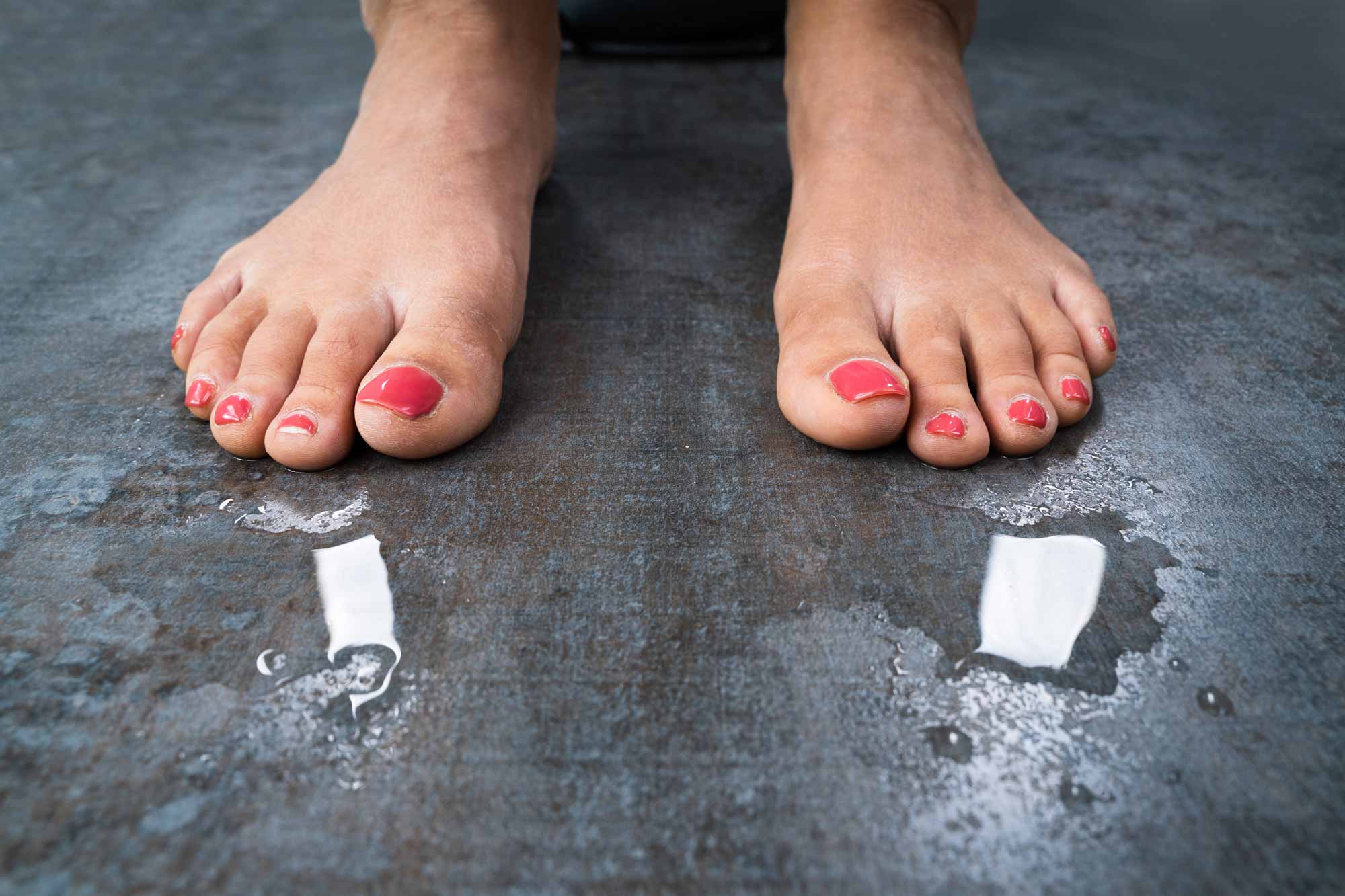How to Stop Sweaty Hands: Expert Dermatology Suggestions for Handling Excessive Sweating
How to Stop Sweaty Hands: Expert Dermatology Suggestions for Handling Excessive Sweating
Blog Article
Unveiling the Complexities of Excessive Sweating: A Comprehensive Guide to Diagnosis and Administration
Extreme sweating, medically recognized as hyperhidrosis, is a condition that affects a significant number of individuals and can have a profound impact on their top quality of life. While sweating is a natural bodily feature, its overactivity in hyperhidrosis offers an unique set of difficulties that usually go past plain discomfort.
:max_bytes(150000):strip_icc()/the-doctor-cosmetologist-makes-injections-of-botulinum-toxin-on-the-palms-of-a-woman-against-hyperhidrosis--women-s-cosmetology--skin-care--1254089846-9a8ff2f7f5dc47f18339b3c9d138c5fd.jpg)
Comprehending Hyperhidrosis Causes
Hyperhidrosis triggers can be associated to different aspects such as genetics, hormonal discrepancies, and specific clinical conditions. Genes play a considerable role in main focal hyperhidrosis, where people inherit the problem from their family participants. By recognizing the details aspects contributing to excessive sweating, health care suppliers can tailor therapy plans to resolve the underlying cause, using alleviation and boosting the top quality of life for individuals impacted by hyperhidrosis.
Recognizing Hyperhidrosis Manifestations

In addition, hyperhidrosis signs and symptoms may show up in social and emotional distress, as individuals may really feel humiliated or distressed about their sweating, bring about evasion of social scenarios (How to stop sweaty hands). Additionally, duplicated episodes of too much sweating can result in skin maceration, fungal infections, and a general decrease in self-confidence
Diagnostic Process for Hyperhidrosis
Launching the diagnostic procedure for too much sweating entails extensive evaluation of the person's case history and physical exam. Asking about the onset, period, and causes of sweating episodes is crucial to distinguish between key focal hyperhidrosis and secondary generalised hyperhidrosis. Case history should likewise consist of questions regarding medicines, medical problems, and family background of hyperhidrosis.
During the checkup, specific focus is paid to the locations affected by sweating. The doctor might evaluate the degree of sweating, check for indicators of underlying conditions, and review the effect of sweating on the individual's high quality of life. In addition, certain tests like the gravimetric test, starch-iodine test, or skin conductance measurements might be conducted to quantify the amount of sweat produced.
Additionally, in situations where second hyperhidrosis is presumed, additional examinations such as blood tests, pee examinations, and imaging research studies might be recommended to identify the underlying source of excessive sweating. The analysis process aims to accurately establish the kind and source of hyperhidrosis to direct proper administration strategies.
Treatment Alternatives for Hyperhidrosis
When resolving excessive sweating, numerous therapy options are available to ease signs and symptoms and enhance the person's high quality of life. The therapy method for hyperhidrosis relies on the extent of signs and symptoms and the individual's action to initial treatments.
Topical treatments, such as aluminum-based antiperspirants, are typically advised as the first line of defense for handling light situations of hyperhidrosis. These items function by plugging the sweat air ducts, hence reducing the amount of sweat that reaches the skin's surface. For individuals with much more severe signs, dental medicines like anticholinergics may be recommended to aid lower sweating. However, these medicines navigate here can have adverse effects and are not ideal for everybody.

Effective Administration Strategies
To successfully manage hyperhidrosis, a customized and thorough treatment plan tailored to the client's details demands and feedback to previous treatments is crucial. This plan may incorporate a mix of healing strategies, including lifestyle adjustments, topical treatments, dental medicines, botulinum toxin injections, iontophoresis, and in serious cases, surgical treatments like sweat gland removal or sympathectomy. Way of living alterations such as wearing moisture-wicking clothing, utilizing antiperspirants, and exercising stress-reducing methods can match medical treatments. Topical antiperspirants having aluminum chloride are commonly the first-line treatment, with stronger formulas readily available for immune situations. Oral medications like anticholinergics may be prescribed for generalised hyperhidrosis. Botulinum contaminant shots work for focal hyperhidrosis, offering short-lived alleviation by obstructing the release of acetylcholine. Iontophoresis, including the use of a reduced electrical current to lower sweat gland task, can be valuable for both palmoplantar and axillary hyperhidrosis. Surgical choices are commonly scheduled for severe, refractory cases and require cautious consideration of benefits and dangers. A multidisciplinary strategy involving skin doctors, key care doctors, and, if essential, cosmetic surgeons, can optimize the administration this post of hyperhidrosis.
Conclusion
In conclusion, hyperhidrosis is a problem defined by extreme sweating, which can greatly impact a person's high quality of life. With proper diagnosis and monitoring strategies, individuals enduring from hyperhidrosis can locate relief and improve their total wellness.
Too much sweating, medically recognized as hyperhidrosis, is a condition that affects a considerable number of people and can have a profound impact on their top quality of life. By identifying the details aspects adding to too much sweating, medical care companies can tailor therapy plans to address the underlying cause, using relief and improving the high quality of life for people impacted by hyperhidrosis.
Hyperhidrosis, identified by excessive sweating past what is required for regulating body temperature, can dramatically go to this site influence a person's high quality of life. Asking about the onset, duration, and activates of sweating episodes is critical to distinguish between primary focal hyperhidrosis and secondary generalised hyperhidrosis. Treatment for hyperhydrosis of hands.In final thought, hyperhidrosis is a condition defined by excessive sweating, which can greatly affect a person's high quality of life
Report this page